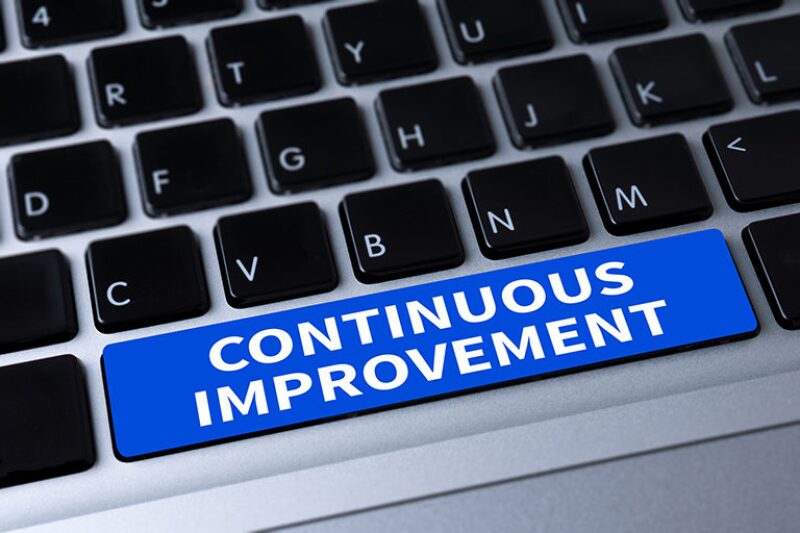While leading initiatives to define and honor sustainability, Johana Dunlop said she is trying to balance “pride and accountability” in the oil and gas business.
The technical director in charge of health, safety, and environment regularly points out that those in the oil business make the world a better place by delivering energy that fuels economic progress. She also cautions that the industry needs to pay close attention to influential voices from outside the sector when setting standards for running a sustainable business.
Company earnings reports for 2018 showed that it was a generally good year for exploration and production, but the fall in oil prices late in the year warned against complacency in 2019. SPE technical directors all see room for improvement.
Erdal Ozkan, director for reservoir, said that it is time to stop being satisfied with methods leaving behind 70% of the oil in conventional reservoirs.
Terry Palisch, director for completions, said it is time to figure how to maximize production with the best combination of well spacing and completion designs in unconventional plays.
Ramona Graves, director of academia, is seeing a world of petroleum engineering programs that need to start sharing ideas about how to produce better-trained petroleum engineers.
Birol Dindoruk, director for management and information, wants to ensure that SPE continues to listen to groups pushing the industry to make the changes needed to maximize the value of its data assets.
Jeff Moss, director for drilling, says drillers need to focus on finding ways to reduce drilling costs with efficiency gains using tools such as automation to be competitive during cyclic service costs and oil prices.
Hisham Saadawi, director for production and facilities, sees great growth potential for natural gas, but innovative engineering ideas are required to address the problems that flow out of the wells along with the gas.
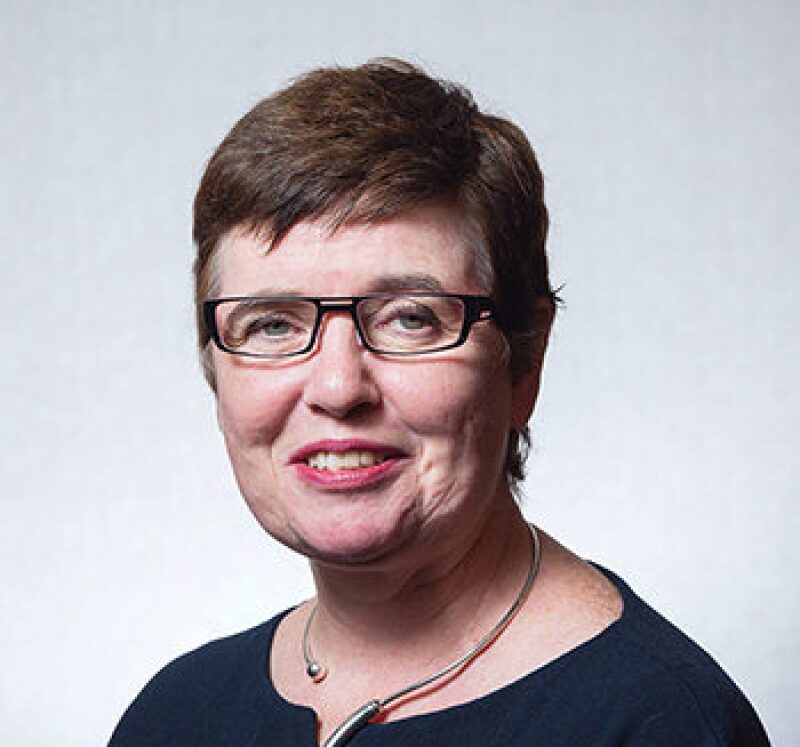
| Sustainability by the NumbersJohana Dunlop, |
Promoting sustainability has been a goal for SPE for going on 10 years. Dunlop, the director for health, safety, and environment, is leading an effort to turn that aspiration into action. This will require defining ways to address the many environmental and social goals of external stakeholders in ways that allow the industry to efficiently deliver energy.
The effort this year supports SPE President Sami Alnuaim’s commitment to make sustainability a top priority in his term. “It is an area where SPE can help the industry accelerate its integration of sustainability factors into how we run our businesses,” Dunlop said.
Operating businesses based on sustainable principles “leads to efficiencies and provides access to innovation, be it technical or even new business models such as circular economy models” that maximize reuse, she said.
Sustainability standards will change over time. “What was accepted practice 20 years ago is no longer accepted,” Dunlop said. And it requires looking at the bigger picture. “We must take less of a company-centric world view and more of a society-centric world view of which our industry is a vital part,” she said. SPE is uniquely positioned to bridge those differing points of view.
To define what needs to be included, experts from inside and outside oil and gas will gather to consider practical ways to adapt widely used general sustainable development standards to exploration and production.
The UN Sustainable Development Goals provide an effective operational framework for the effort, Dunlop said. IPIECA, an oil industry organization focused on social and environmental goals, has mapped out ideas for applying sustainable development goals in oil. The goal is to provide an outline for more detailed industry efforts to integrate sustainable practices into successful, safe operating guidelines.
SPE recently signed memorandums of understanding with IPIECA and the International Association of Oil and Gas Producers, which will facilitate collaboration on sustainability and other issues.
Dunlop and her team of volunteers are also working to honor those who lead by setting an ambitious example in oil and gas. “Recognition is a key part of the puzzle,” said Dunlop, who is “mystified” by the lack of recognition from outsiders who do not see the positive impact oil has had on social and economic development.
“President Sami Alnuaim’s initiative launching the first technical award to SPE members whose contributions in the field of sustainable development have been extraordinary is a welcome step in the direction of balancing pride with accountability.”
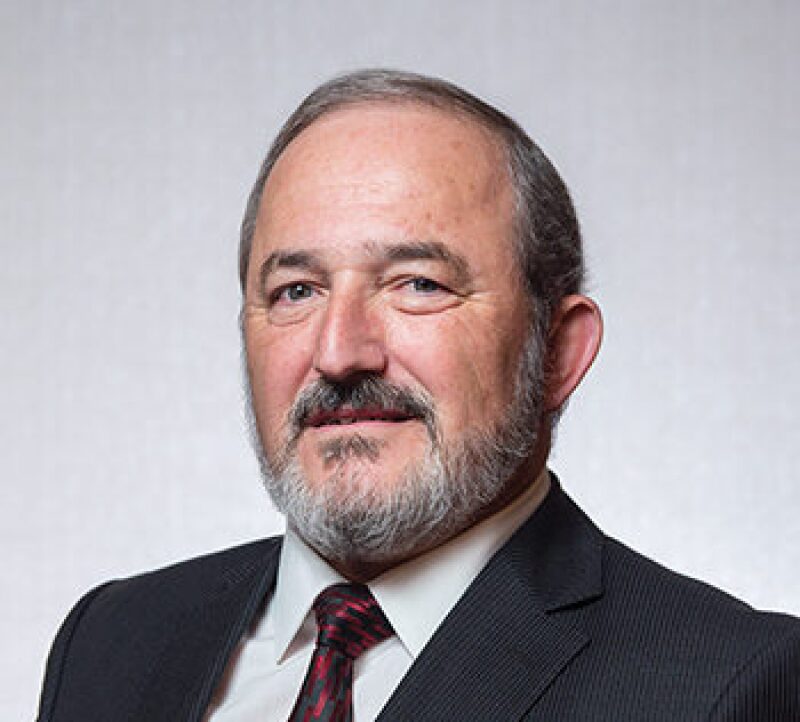
| Assume Nothing is Totally ConventionalErdal Ozkan, |
The shale revolution was a call to action for Ozkan. He had expected to spend the later years of his career tinkering at the edges of conventional reservoir engineering. That plan was demolished a decade ago when the decline curves collided with production data from unconventional plays that did not fit the curves.
Since then, he has built an unconventional reservoir research lab with a pitch he described as: “Do not expect a tool you can use tomorrow. We have to scratch below the surface to see what we are not doing right.”
The incoming reservoir technical director wants to convince petroleum engineers that the endpoint is not developing a new branch of reservoir engineering, it is rethinking how fluids flow in barely porous media where long established assumptions, like Darcy flow, do not agree with what is observed.
“Our standard engineering perceptions of fluid flow are not inclusive of all the different aspects of flow underground,” Ozkan said. The fact that the industry produces only about 30% of oil in place in the best-quality reservoirs suggests that the established wisdom is falling short even in conventional reservoirs.
Research is revealing a more complicated reality in highly fractured, ultratight reservoirs. Flow velocities vary widely as fluid moves from the nanopores of the rock matrix to fractures, or among organic and inorganic pores. Extremely confined spaces also alter fluid and phase properties.
Even when concepts, such as anomalous diffusion, can be successfully applied to describe what is going on in microscopic spaces, there is so much more to do. There is upscaling—how do these systems alter performance at reservoir scale? —and sorting out what observations are significant and which can be reasonably ignored when developing practical engineering tools.
The goal is improved recoveries from conventional reservoirs as well as unconventional ones, reducing the number of wells needed to supply energy markets.
While Ozkan’s ultimate goal is fundamental change, for now the focus is on creating a greater awareness of advances on this frontier. Engineers “will have to use what we have.” As he recruits members for the reservoir advisory board, Ozkan is looking for those with a similar point of view, some of whom will serve as ambassadors to spread the word about what is new.
Ozkan said he would like to see more technical sessions, workshops, and short courses that push the reservoir technology envelope, rather than “chewing the same material over and over again, or discussing how conventional tools can be tweaked to do the work; it is not taking us too far.”
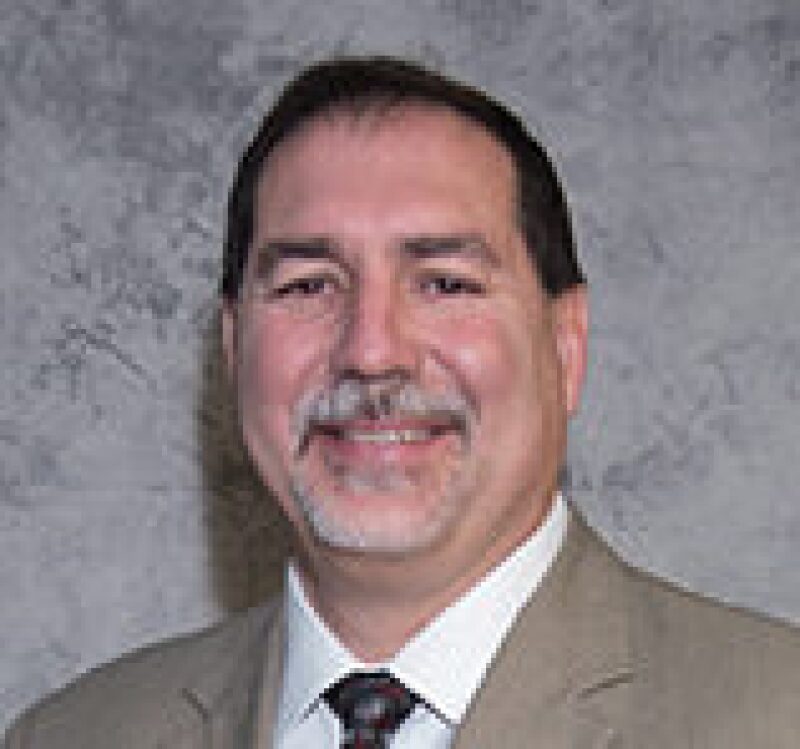
| Squeezing Out More RecoveryTerry Palisch, |
The downside of a job that has become more important is it often means the work has gotten harder.
Completion engineers are in the middle of a debate over how to deliver more oil per acre from unconventional plays where operators are making huge bets on their long-term development plans.
Fracturing made shale development possible, and advances in completion designs have made wells more productive. SPE technical papers tracked and facilitated those changes, including longer laterals, tighter stage and perf-cluster spacing, increased proppant and water use per foot of lateral, and tighter well spacing.
“It’s all about how to effectively and optimally contact as much rock as possible,” said Palisch, who is taking on the position of technical director for completions. “Finding ways to economically increase recovery is of paramount importance.”
The focus is on maximizing the value of the tools of fracturing—ensuring perforation clusters all contribute using techniques such as diversion to even the flows—plus tighter perf and stage spacing. And control stimulation to effectively fracture a defined area.
Field development presents a seemingly simple math problem, which turns out to be quite complex because there are so many variables in play.
Total production per section is equal to the number of wells times the total production per well. Experience has shown that maximizing the number of wells by extremely tight spacing often leads to less production per well due to well-to-well interference. Wider spacing can limit that problem, but it means fewer wells, thereby reducing overall production.
Engineers are debating how best to space, complete, and produce wells to maximize the total. SPE’s role in this is: “Let’s promote an exchange of ideas,” he said. There will be a panel discussing Frac Hits, Well Spacing, and the Science (and Art) of Infill Drilling in Unconventionals at the upcoming Hydraulic Fracturing Technology Conference.
In early April, there will be a workshop whose title says it all: Well Completions for Unconventional Resource Development Optimization and Parent Child Interaction.
Better completions will require a focus on doing more to observe and understand the process to improve performance from improved designs, diagnostics, and data use.
This is fertile ground for research and development, and doing better will require cooperative work among experts. Palisch added, “We need multidisciplinary teams working together on how we optimally complete the well.”
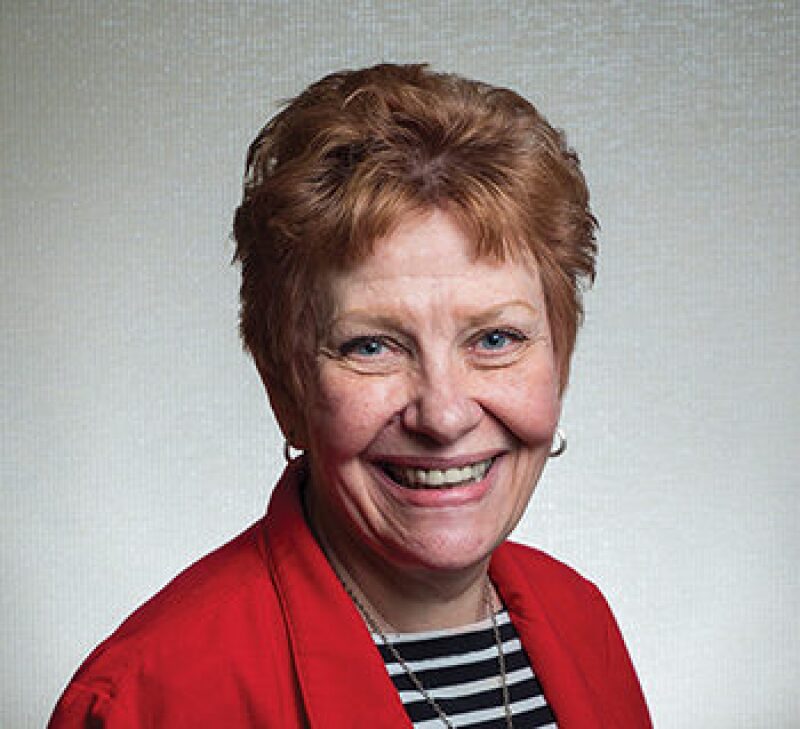
| So Many PE Schools, So Many StrangersRamona Graves, |
If there is a list of all the petroleum engineering programs in the world, no one in the industry may have ever seen it.
It is a sign of a bigger problem—those running programs around the world do not know each other. Graves, director for academia, wants to begin closing that gap by building a global network connecting leaders of petroleum engineering programs around the globe.
Based on her experience as the former head of the petroleum engineering program at Colorado School of Mines, she sees an enormous universe of programs educating petroleum engineers in many shapes and sizes. And she recognizes there are good reasons why differences among petroleum schools will remain.
Graves said SPE needs to foster connections that will help educators work together on ways to improve programs and give graduates a better chance to get into, and ahead, in the oil industry.
“The thing that is important is to find a job. It is important that students are well prepared for their jobs,” Graves said. Students with the skills needed to succeed will benefit companies.
“The industry has needs, and a legal responsibility, to hire people” in the countries where it operates with agreements requiring local staffers, Graves said.
There has long been an organization of US department heads. Graves said those universities want to establish more international ties. Similar groups exist in other countries. Graves has been deeply involved in the partnership between Colorado School of Mine and Nazarbayev University in Kazakhstan. The fruits of the effort, which took years, include the first student internship program there and the creation of an industry advisory board.
Eventually, Graves would like to see face-to-face gatherings at regional SPE meetings and programs to promote better teaching and stronger ties between universities and oil and gas companies.
By the time her term ends in 2 years and the position is sunset, Graves hopes to have “initiatives that are long-lasting.”
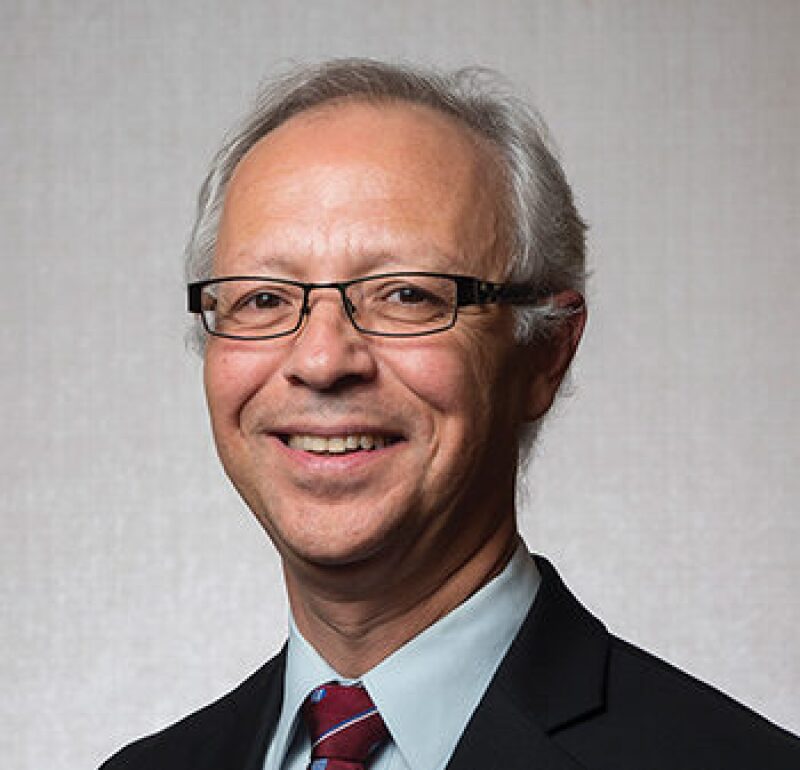
| Giving Data and Digital Experts a VoiceBirol Dindoruk, |
At a moment when there is a lot of talk about using data and analytics in exploration and production, Dindoruk, the management and information director, is working to ensure that experts in the field will have a voice within SPE.
It is a priority for him because the position will disappear after his term ends in 2 years. His mission is to establish institutions that promote advances in data and analysis, something that touches every discipline but does not fit neatly into any one of the them.
Beginning this year, a new SPE online publication, Data Science and Digital Engineering in Upstream Oil and Gas, will provide an outlet for knowledge in the field.
In addition, a work group has been creating a curriculum for a series of online courses in data science and digital engineering for petroleum professionals. The first of them—three online classes—recently became available.
At a time when data initiatives are exploding within the technical disciplines, the goal is to maintain programs addressing common problems, from data standards to training, which cut across disciplines.
“If we go and dissect it, drilling has its own thing and production has its own thing, and they will not have critical mass,” Dindoruk said. While there will no longer be a separate technical director, there will continue to be thriving digital energy and data-driven analytics technical sections covering a wide range of things.
At a time when many of the challenges facing the industry require breaking down cultural barriers dividing those in planning, drilling, and completing and producing wells, data professionals “are the glue. We can glue things virtually” with digital content, tools, and networks of experts, he said.
Those developing sprawling conventional oil fields only have a few producing wells providing a direct look at the reservoir and sparse data in the miles in between. Better-integrated modeling and simulation using a wider range of data types can maximize the value of what is known, and show the cause and effect of early decisions on later results.
“Now we are all in the same boat. Data are bringing us closer,” he said. There are plenty of room for improvement. Oilfield data is often not managed in ways that allow maximum use. He said the limits range from who controls the data to corporate data management standards.
Those nontechnical factors are on the list of reasons why oil and gas is lagging behind other industries in a race to capitalize on the value of its data. Change will require advocates looking at the big picture. Dindoruk said, “When you bring in human factors into this picture it is easier said than done.”
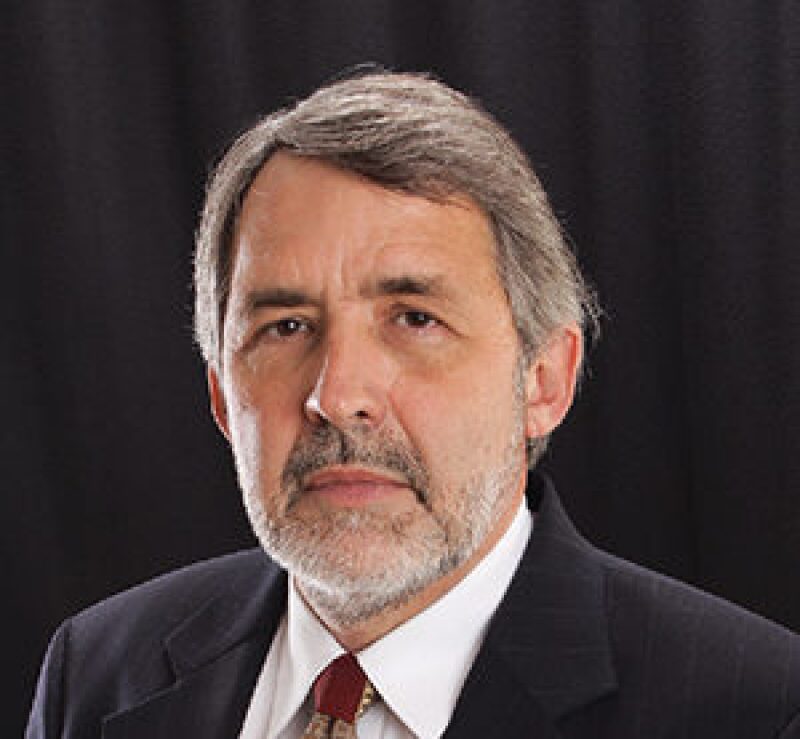
| What Can We Do To Thrive?Jeff Moss, |
The cost of drilling services and supplies has finally started rising. After talking about finding ways to build lasting efficiencies into these jobs, it is time to make that happen.
“You can’t beat vendors down forever,” said Jeff Moss, director for drilling. “Sustainable efficiencies are one of the big drivers now. First it was ‘get it cheap and survive,’ now … ‘what can we do to thrive?’ ”
The opportunities for lasting increases in efficiency involve people, machines, and digital possibilities.
“For people, I mean training and automation” to increase the capabilities of drillers, Moss said. This will require an understanding of the physics of drilling so they can do it more efficiently.
Digital controls are now possible on most rigs since the deep downturn triggered a purge of the rig fleet, eliminating older rigs that did not have modern control systems. As demand increases, some of those older rigs are being upgraded to meet the standard.
Still, there are potentially valuable innovations that are stalled by standoffs between buyers that do not want to pay for it unless they know it works and sellers who are not willing to invest in developing innovative products without evidence that there are buyers.
One possibility for breaking that jam would be for drilling contractors who believe that innovation can yield significant benefits to begin offering to drill wells for turnkey (fixed price) contracts, Moss said. These contracts would reward efficient drillers. He acknowledges changing the long-accepted status quo would not be a simple transition.
Big data offer promise and problems. “A lot of data are very questionable. Some are good, some not so good, and layered on top of that is an ongoing debate about who owns it,” Moss said. The industry will have to work out when it makes sense for an operator to maintain sole ownership—downhole data on the reservoir is one—and when there is value in sharing—a driller needs data related to equipment failures to reduce downtime.
The word automation is associated with machines replacing humans. Moss sees it as a way to improve operations because machines can do the intensive computation needed to turn a flood of data into constant corrections.
Digital control of the weight on bit can free the driller to focus on managing the crew. Moss said that is an example of “automation to enhance capabilities of people … not to replace people.”
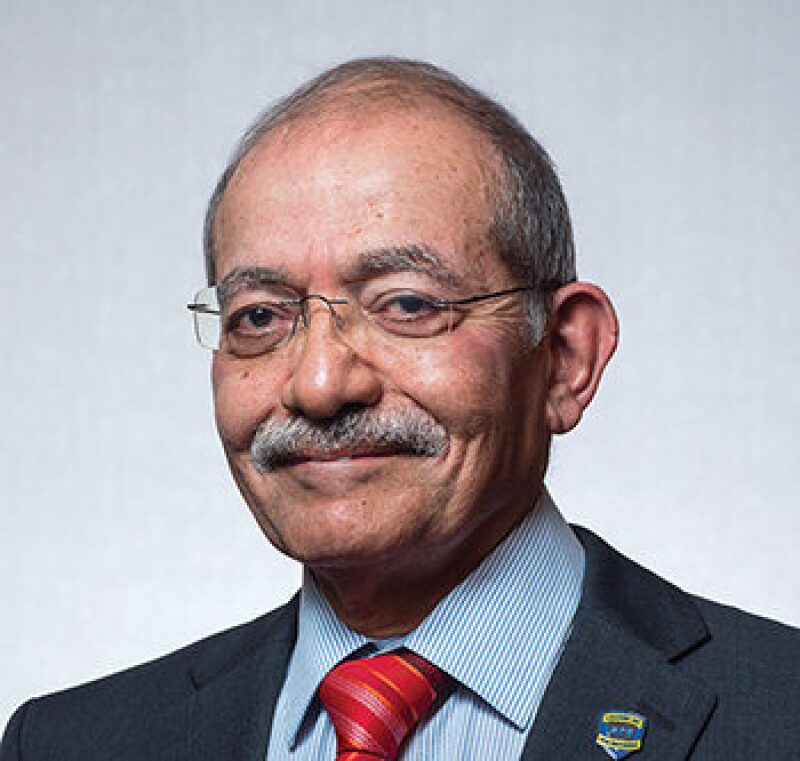
| Gas Fuels ChallengesHisham Saadawi, |
The natural gas business presents huge potential and challenges for production engineers. In the Middle East, for example, gas is flared in some countries while other countries are increasingly relying on gas for energy.
- Iraq, which now flares huge volumes of gas, is working on the infrastructure needed to turn dry gas into much-needed power and to export gas liquids.
- Growing interest in developing sour gas fields in the region is extending the search to find uses for the sulfur removed from gas, such as for materials in construction and paving.
- Saudi Arabia and the UAE are capturing carbon dioxide (CO2) from industrial sources, such as processing plants, and reinjecting it into oil fields to enhance production in reservoirs.
In every case, innovative thinking is required to create value and reduce the impact of production, which has led to pilot projects to test new approaches, said Saadawi, technical director for production and facilities.
“The industry is also a consumer of energy. It is working to reduce the environmental impact of demand and to use energy more efficiently,” he said.
Even regions with the richest reserves on the planet have to consider ways to limit domestic consumption of oil and gas, which can reduce export revenue. “Gas production is a big issue and the population is growing,” Saadawi said. As demand for power for air conditioning and desalination rises, countries around the Arabian Gulf are turning to alternative energy sources.
For example, the Miraah project in Oman will use solar energy to generate steam for thermal recovery. The project will be one of the largest solar projects in the world, able to generate 6,000 tons a day of steam using solar. The natural gas saved in a year provides residential electricity to 200,000 people.
Water management for fracturing, which has been an issue in the US, is becoming a global issue requiring unique local solutions. Hydraulic fracturing activity is rising in the Middle East to extract more gas from tight rock. BP’s Khazzan development in Oman is an example. In this arid region, they are working to find ways to reduce freshwater demand, such as maximizing produced water use, or using seawater for fracturing.
In Iraq, where fresh water is scarce, the government is imposing limits on the water removed from rivers for water injection, and producers are seeking alternatives. Water is needed to sustain pressure in the fields, but there is not enough produced water from new wells to maintain pressure using reinjection. Pumping seawater is an option, but no deal has materialized to make that idea a reality.
There is also an effort to ensure that equipment such as pumps and separators work more efficiently, allowing for smaller units that fit into the tight spaces available in congested facilities.
National oil companies in the region are gradually adopting automation and turning to advanced analytical methods to extract value from what would otherwise be an overwhelming amount of data.
Hisham pointed out that 2018 marked the 30th anniversary of the Piper Alpha disaster in the North Sea, which in terms of loss of life was the worst disaster in the history of the offshore oil industry. That underlined the need for process safety in the industry. SPE is now working on a process safety manual for exploration and production in partnership with the AIChE Center for Chemical Process Safety.

